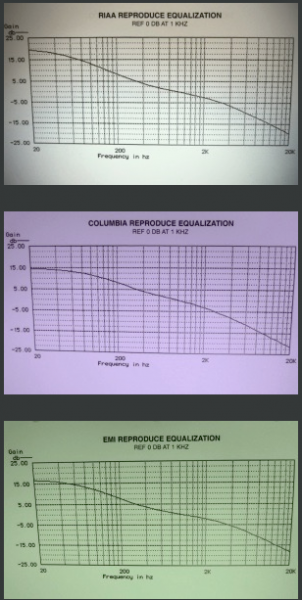Congrats! A big fan of the Zanden. I bought an older 5000 first, paired it with a $50 Daewoo DVD player as transport...then Oppo...then after years of searching for computer audio music server...i ended up trading the 5000 in for a latest spec 4-box Zanden set and have never looked back.Niroda,
I haven't compared the respective Pre's, but it is a thought that had occurred. I do have the Zanden DAC (their latest version currently available) and I can say it hit the Nagra Tube DAC (then called the HD DAC when tested with MPS and VFSs) out of the park. And I'm not even partnering the Zanden with it's proper cousin, the 2000P CD player.
I didn't buy the Nagra (and I love the brand) because at the time and for nearly 3X what my (then) existing Nagra DAC cost new at point of replacement (I had it for years, btw) it was barely an audible advance and I'm typically someone who once smitten has to buy it whatever the cost and howevere small the improvement. The Tube DAC has all the usual Nagra qualities and sonically was transparent, detailed with a palpably large sound stage; but it was about par with my existing Nagra DAC from years before. The Zanden was at least as transparent offered a wider, deeper sound stage, a more filigreed presentlation of notes, attack and decay all wrapped up in very holographic image (something my Nagra VPS excel at too). I understand that this character is endemic to the whole Zanden range, and it would make sense that such is the case.
Now, this was all strictly red book CDs so, perhaps with higher rez content it may have better outshone my original Nagra DAC but from my experience of HiRez, I still doubt it would be anywhere close to the Zanden 5000S. Here's the thing, when Nagra downgared the HD DAC to Tube DAC status and launched the impressive (but I have not heard) HD DAC (and Pre line) along with improved mechanical isolation, that didn't surprise. The Nagre Tube DAC just didn't seem like the best they could achieve. Nagra is faced with escalating costs just like everyone and additionally, a hugely appreciating currency and these have to be a factor in their ability to position product pricing. For me, the Tube DAC was more a lightly rodded version of the one that went before. Like changing to a new model of motor car. There are of course improvements with the passage of time, but the price is perhaps similar to that before subject to inflation and the changes reflect a gradual advancement. Get in to areplacement model at 3x the price and that changes expectations.
Here's another angle though, you can get service and excellent service from Nagra. It's a substantive business with years of fine heritage and teams of skilled and passionate engineers. Zanden is run by Yamada-san. No doubt a skilled engineer with a passion for music and art. But as I understand it, he is one artisanal guy who might want to retire at some point. For this reason, my investment is limited to the 5000S that owes me very little in the way of cash.
A.
A tremendous digital landmark for me...I have spent years honing it to my tastes with isolation and NOS tubes. What tubes are you using? After trying HRS and Stillpoints with HRS Nimbus, i ended up with the dedicated SRA isolation platforms for both transport and DAC...both each sitting ON TOP of and HRS M3X shelf.

















